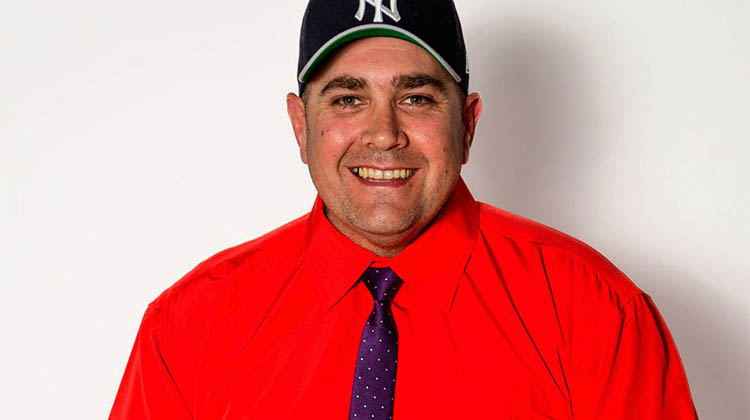Reengage First Nations Students Using Traditional Pedagogy

The issue with indigenous kids and disengagement with school seems intractable at times, many programs have tried to effect change and many have failed.
The challenges can vary widely and are often complex, experiences differ among First Nations communities as they are diverse and have distinct cultural, historical, and social contexts.
But a common issue driving indigenous kids away from mainstream school is the legacy of colonisation, forced assimilation policies and the impact of residential schools which have left a deep mark. This trauma can be passed down through generations and contribute to challenges such as mental health issues, substance abuse, and family breakdown.
Disruption of traditional cultural practices, languages, and ways of life can contribute to a sense of disconnection and identity loss. Many Aboriginal youths may struggle with finding their cultural identity and maintaining a connection to their country and heritage.
Encouraging First Nations kids back to school involves listening to indigenous people and adjusting what is done in education so it is more accommodating and sensitive to indigenous culture.
One person who knows how tough it is to rise as an indigenous person is Lukas Williams whose life was following an all-too-common negative trajectory. He turned his back on that path and re-emerged as an entrepreneur, motivational speaker and soon to be Phd.
"It's been about twelve years since I decided to put my old life behind me and begin anew. Having gone through many years of trauma, I understand the importance of trauma informed healing. It's about healing and moving forward," Williams said.
He says that reengaging First Nations students with school using traditional pedagogy is the most important strategy that educators can use. This process involves incorporating culturally relevant and community-specific teaching methods.
Introducing a culturally responsive curriculum that reflects First Nation culture, history and healing is at a premium. That means integrating local stories and oral histories into lessons, incorporating traditional arts, crafts, and practices into the curriculum, incorporating a traditional healing circle into classrooms and including elders as the circle keepers.
Community involvement is another strategy, engage local First Nations community in the education process, invite elders, community leaders, and traditional circle keepers to participate in teaching or storytelling sessions and establish partnerships with community-controlled organisations to support education initiatives.
Integrating ceremonies into yearly planning as part of education and using these milestones to strengthen positive behaviour and academic accomplishments should also prove effective.
“By merging these approaches, educators can create a more culturally safe engaging environment which will see whole communities start the process of deeper healing,” Williams says.
Showing non-First Nations teachers how to effectively educate First Nations youth involves a combination of cultural sensitivity, understanding, and incorporating First Nations perspectives into the curriculum. Begin with self-reflection to identify personal biases and stereotypes or engage in professional development to enhance cultural awareness and sensitivity.
Integrate First Nations perspectives into the curriculum across all subjects and use resources created by Indigenous authors, scholars, and educators, emphasise the contributions of Indigenous people throughout history.
“Remember that each First Nations communities are unique, so it's crucial to collaborate with local leaders and educators to tailor your approach to the specific context. Additionally, fostering open communication and being receptive to feedback is essential for creating an inclusive and culturally responsive educational environment.
“First Nations old people hold the equivalent degree as any professor sitting in universities, difference is, universities professors have paper to prove it, whereas old people have the oldest stories in history which has always informed those writers. This must be recognised on deeper levels,” he says.
Williams’ program Gan’na Healing creates healing circles for youth which supports and promotes well being. Gan’na is a First Nations word that captures the concept ‘listen deep’, and The Dreaming and Lore, an important part of all First Nation people’s continuous culture, beliefs and healing processes.
“Gan’na looks at how traditional healing responds to the most important parts of the brain, we don’t just implement healing, we implement the right practise that directly stimulates different parts of the brain, creating holistic healing for the whole body.
“We implement traditional practise because we know it works. It is grounded in 60,000 years of practice. We also know it is consistent with findings of functional MRI studies which show in real time changes that occur in the brain. We don’t only offer education; we provide detailed education that is linked with traditional practises so that anyone entering our workshops can go home and continue to use the tools we offer.
“If healing processes are not embedded with the right practises, then the brain’s healing does not take place which is why preforming the traditional healing practise side by side with the education allows the body to enter what can be best described as intergenerational memory and intergenerational healing,” he says.
His newest youth program is the “Don’t Box It Up Warriors Program”, where exercise meets the art of boxing, designed to empower, and guide youth through their most formative chapter of life.